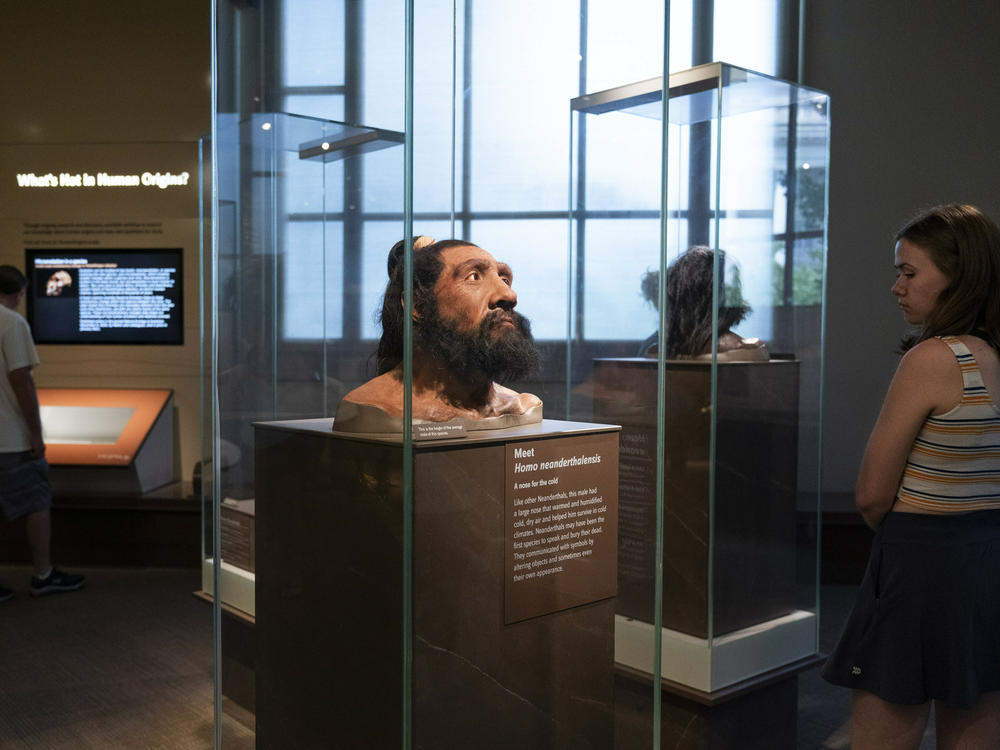Section Branding
Header Content
Opinion: Ancient gastronomy from mammoths to muesli
Primary Content
We may have an image of our ancient human ancestors as they prowled the prehistoric plains with spears to bring down Dire wolves, Mastodons, and Saber-toothed tigers for dinner.
But a study published this week in the "Nature Ecology & Evolution" journal has used new techniques to analyze the bones and teeth of seven different humans who were part of the Iberomaurusian people, who lived between 13,000 and 15,000 years ago in what's now Morocco. Scientists believe these humans who preceded us ate a diet of charred sweet acorns, pine and pistachio nuts, wild oats, and wild peas.
That could be on the menu right now of a high-end Vegan restaurant in Santa Monica.
This finding follows other recent studies showing that Neanderthals and Homo sapiens didn't just spear, slaughter, and devour wooly mammoths. They patiently soaked and ground beans, lentils, and wild mustard for their meals.
What will we learn next from anthropologists and other scientists? That a band of Neanderthals ranged the earth, searching for the most aromatic shitake mushrooms for their Chimayó-Chile Risotto? That fire was discovered so cave dwellers could read their wine lists?
How did we misunderstand the subtle cuisines of ancient humans for so long?
Briana Pobiner, a paleoanthropologist at the Smithsonian National Museum of Natural History, told us that butchered mammal bones are often the most visible part of the landscape in prehistoric ruins.
But, science can now go deeper. "Some newer and more chemistry-based techniques," she says, "like isotope analyses, can decipher the types and proportions of plant foods ancient people consumed."
She says scientists can now also analyze "fossilized plant remains that can get stuck right on ancient peoples' teeth."
This, of course, is centuries before the invention of mint-flavored dental floss.
You might be moved to wonder: what else have we gotten so wrong about our ancestors from centuries ago?
We shared the list of favored Iberomaurusian ingredients, charred sweet acorns, pine and pistachio nuts, wild oats, and wild peas, with Hugh Acheson, the award-winning chef. He told us, "I would make a Stone Age granola bar or muesli. Protein rich for carving boulders into wheels for the family sedan. Or a hot porridge topped with a little honey."
As our Neanderthal ancestors might remark, "Bon appetit!"

